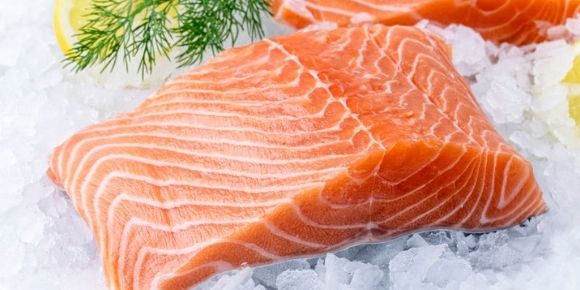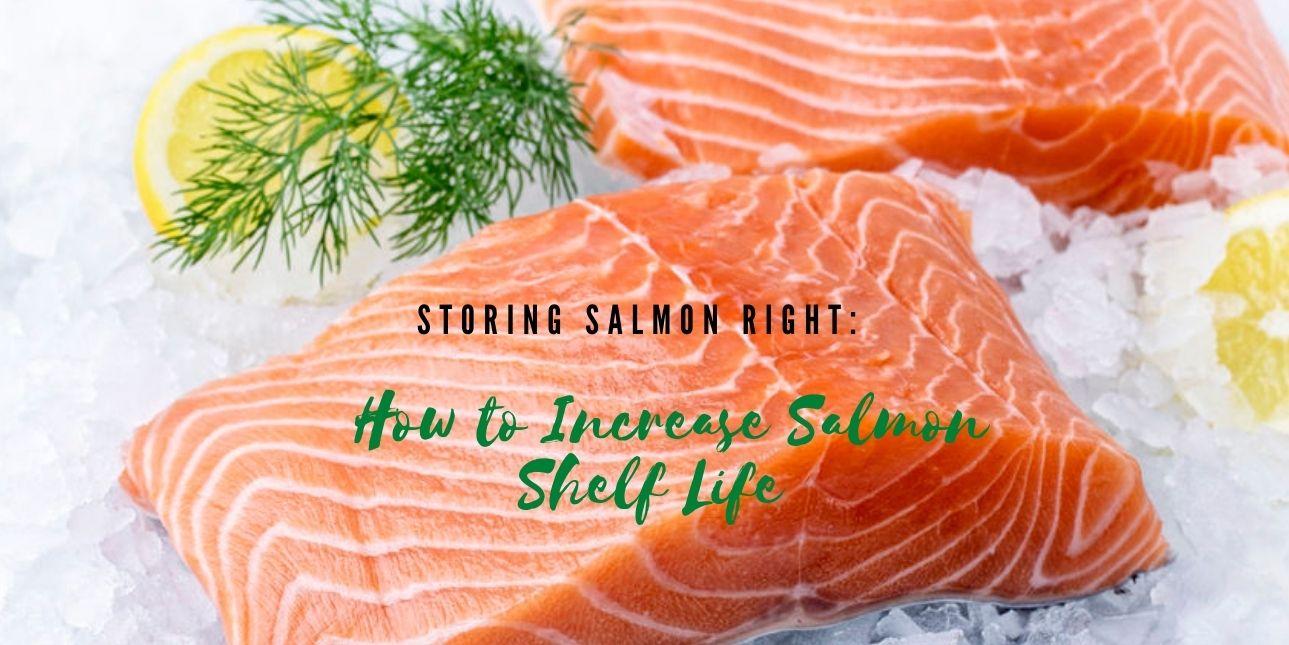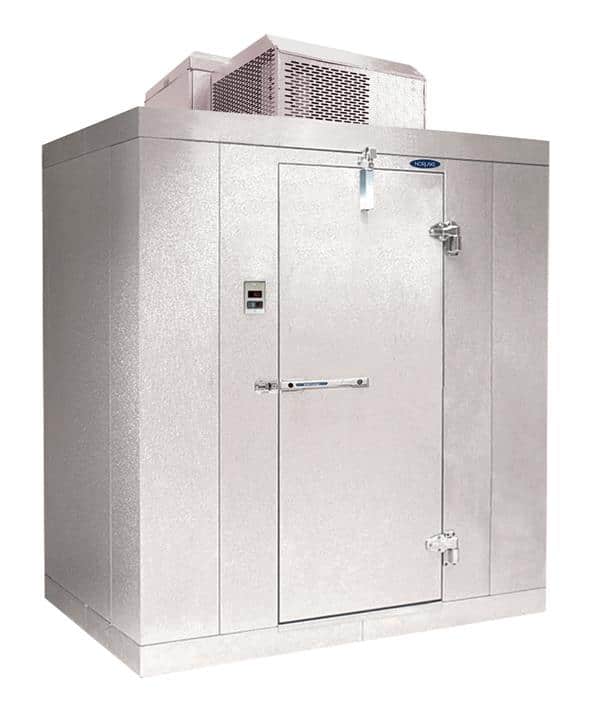
Salmon is one of the most popular fish on the menus of modern food establishments. Classic American restaurants are known for serving appealing, fresh salmon that is either grilled or smoked on wood planks. From kosher delis that serve lox and cream cheese on bagels to Japanese-style restaurants that specialize in sushi and sashimi, salmon is an integral part of the contemporary American restaurant today. Not only is salmon considered one of the healthiest fish because it is densely packed with protein, good fats, vitamins, and minerals, fresh salmon is one of the best-tasting fish that does not have a “fishy” odor or taste. It is a delicate fish that can have an incredible taste when served rare, or cooked through, depending on the dish. It is also rich in omega-3 fatty acids, nutrients known to promote heart health and preserve joint function. The fish can either be either caught wild or sourced from fisheries, with the latter playing an important part in the rise of the popularity of salmon in regions distant from the coastline. Naturally, the question of salmon storage arises, and it’s important to talk about how the fish can be best preserved in your refrigerator or freezer.
How Long Does Salmon Last in the Fridge?
Once you’ve transported the fish to your establishment from the market (or your regular salmon delivery has arrived), salmon can stay fresh in your refrigerator for up to two days. Fresh salmon has no distinct odor and has a spring to the meat when pressed firmly. Once you’ve taken it out of its delivery packaging, the fish has to be rinsed thoroughly with cold water and patted dry with a paper towel. Then you can use plastic film to wrap it up tightly and put it in aluminum foil for added cooling and preservation benefits. It is important to note that in order to maintain freshness for the longest time, salmon should be kept in the fridge or cooler where the temperature is the coldest, which is usually inside the bottom drawer or on a rack, depending on your storage appliance. Ideally, the temperature of your fridge or cooler should be around 32 degrees F. To answer the question of how long is salmon good in the fridge, while maintaining its freshness, a direct response would be up to two days in the refrigerator with proper preparation.
Freezing Salmon
If the refrigerated salmon is not consumed within two days of delivery and repackaging, it should be put in the freezer to maintain freshness. Care should be taken so that the packaging does not trap any air within, which could risk spoilage. Just like preparing the fish for the fridge, salmon should be tightly wrapped in plastic film and then in aluminum foil. It should then be placed in carefully labeled freezer bags and stored in the freezer, where it can stay fresh for up to three months.
It is important to note that proper attire and hygiene regulations should be followed while storing salmon to prevent the risk of contamination. The use of a hairnet, gloves, disinfected knives and cutting boards, and disposable paper towels are highly recommended so that the fish is minimally exposed to bacteria while being prepared for storage.
Steps to Ensure that Salmon is Stored Properly
After bringing the fish home to your foodservice operation or restaurant, make sure that its packaging does not come in direct or indirect contact with other seafood products to avoid cross-contamination.
Salmon should be ideally stored chilled, at a temperature range of 32-25 degrees Fahrenheit, while maintaining a core temperature of 32-28.5 degrees Fahrenheit.
Removing the seller’s packaging and putting the fillets or cut salmon products in your own packaging is an ideal solution to prevent low-grade food wrapping from trapping moisture. This moisture can impart an unpleasant odor and taste to the fish and risk early spoilage as well as cross-contamination.
If you are storing whole fish in ice, care should be taken to place it in a container with vented drainage holes so that melting water can be cleaned immediately.
Once in storage, you should avoid piling newer batches of the fish (or other seafood) next to the stored batches, as it can lead to a rise in the core temperature of the stored salmon.
Whole salmon should be kept on an ice bed and covered with ice cubes to maintain it at an optimal temperature.
Defrosting Frozen Salmon
To bring the salmon out of storage, you should take care to defrost it properly and gently, preferably in a refrigerator or cooler. Ideally, this should happen at a temperature of around 25 degrees Fahrenheit.
Frozen salmon and cut salmon products can take anywhere between 1-2 days to optimally defrost within the refrigerator or cooler.
While defrosting, you should keep the salmon in a dark and cold environment.
It is imperative that you never defrost frozen salmon at room temperature or in a water bath.
Also important to note is that during the defrosting process, you should carefully remove any excess water released, away from the fish.
To maintain the original fresh flavor and texture of salmon, you should take care to defrost it gradually, and let the process happen naturally.
Fully defrosted salmon should appear pink, have some bounce in the meat when pressed firmly, and should be soft when touched.
You should bear in mind that salmon will only last in the fridge for a few days once it has been fully defrosted, so be prepared to use it within the next couple of days. The biggest indicators of a successful defrosting operation are the absence of any strong odors from the fish and a clean, slime-free outer surface. Followed carefully, these steps can be a major contributing factor to always having the best salmon on hand for your dining needs. As an additional benefit, freezing salmon kills off any parasites in the fish and makes it safer for consumption. Once defrosted, the salmon is ready to be used in a variety of dishes, depending on the kind of cuisine you would like to bring to the table.








